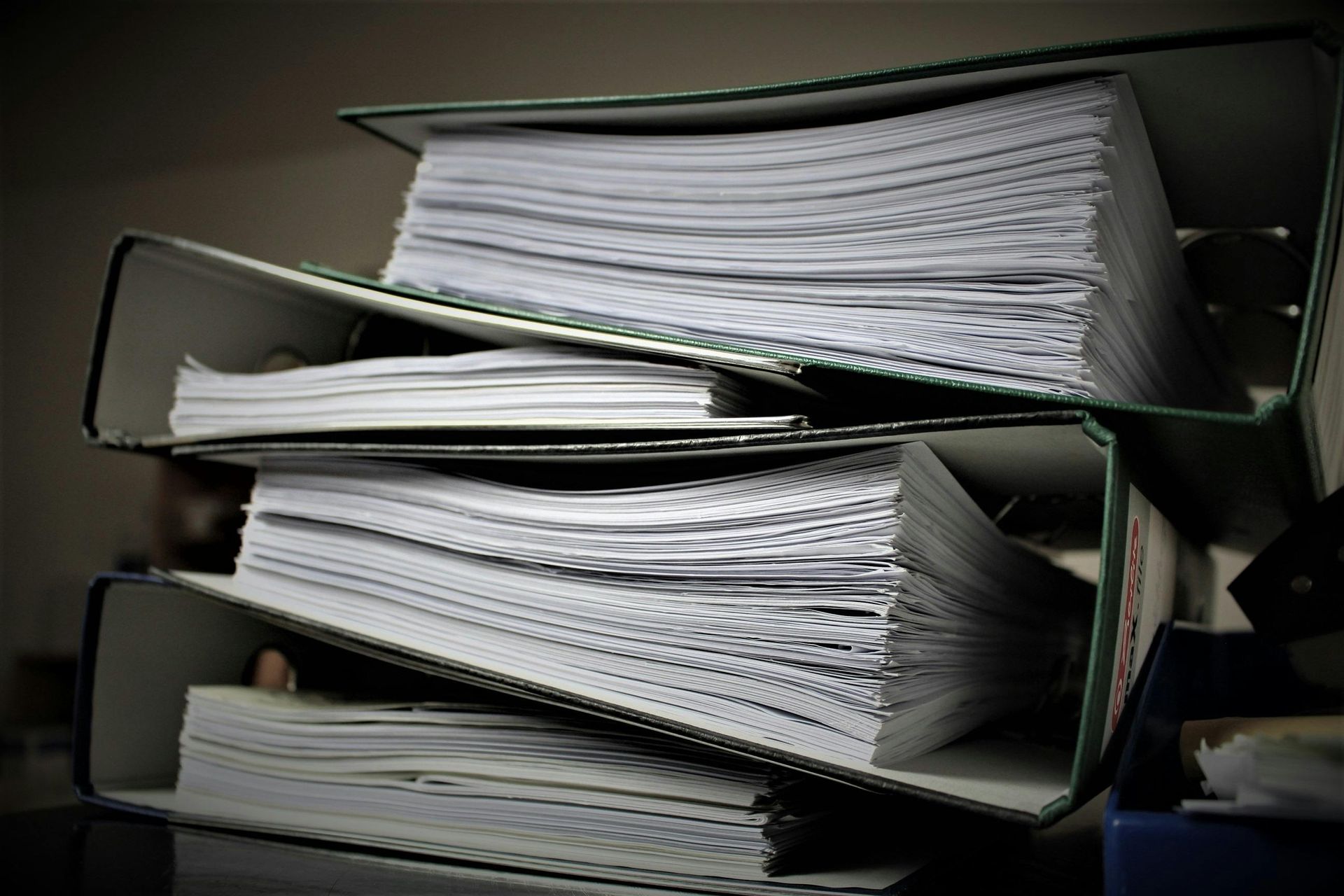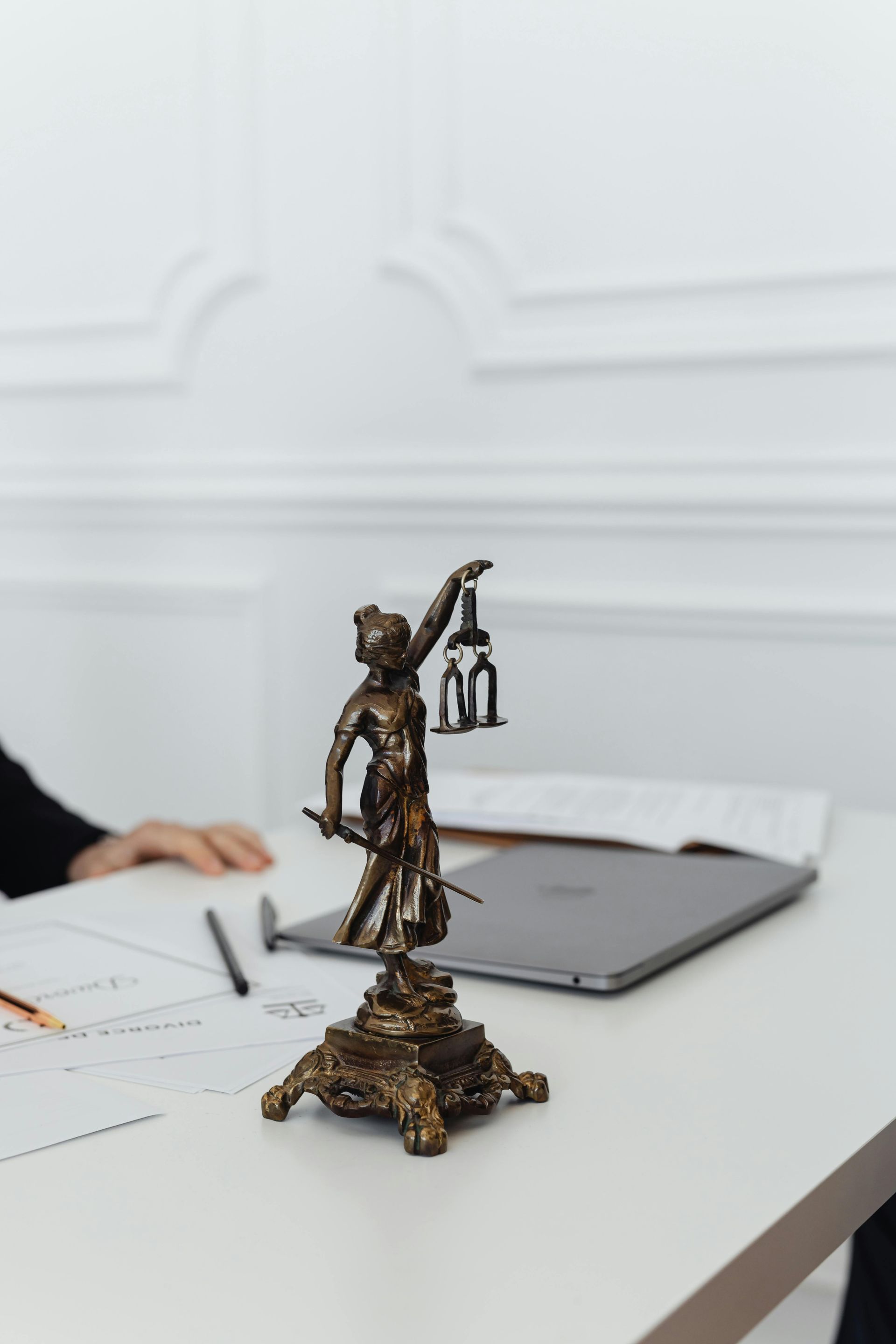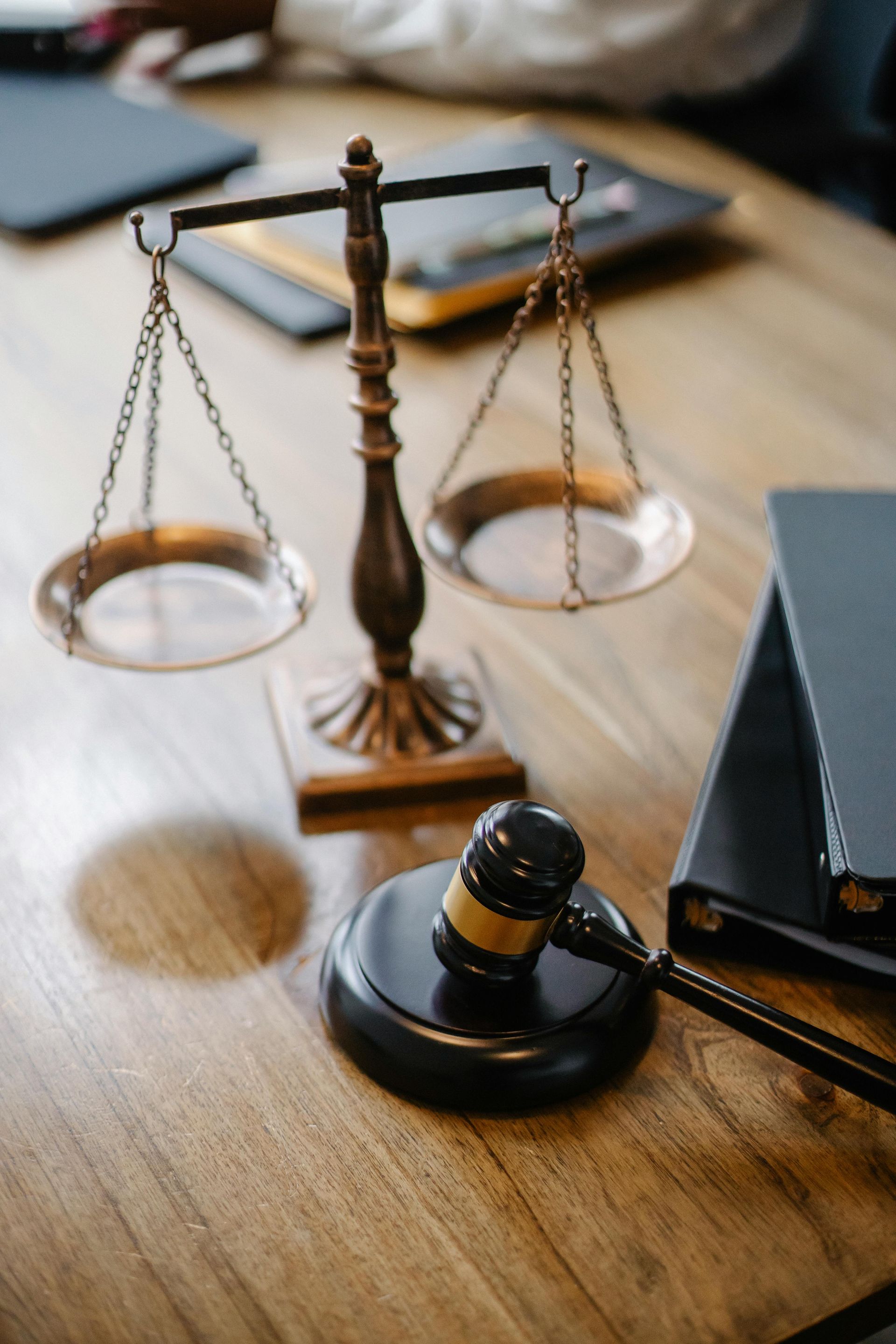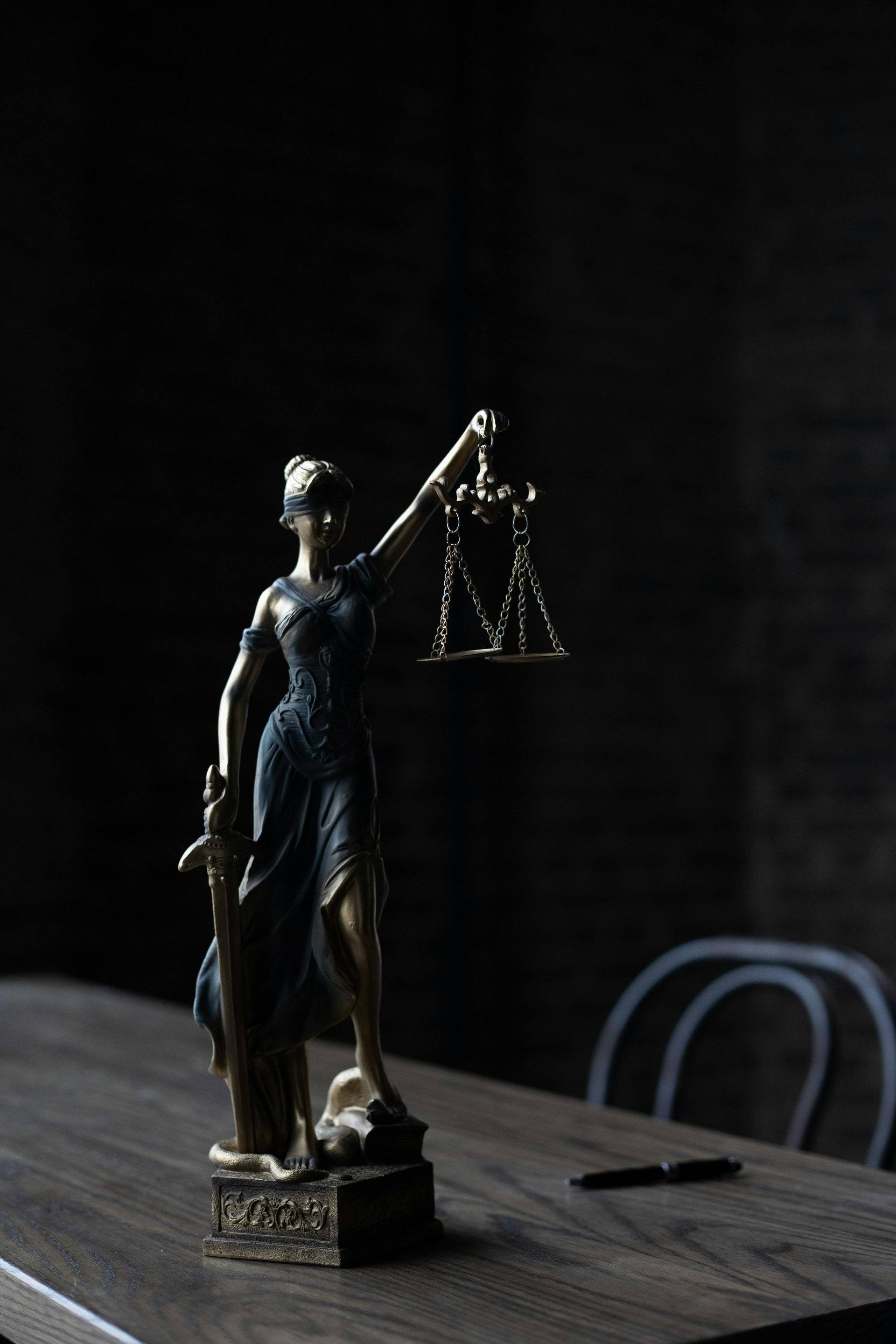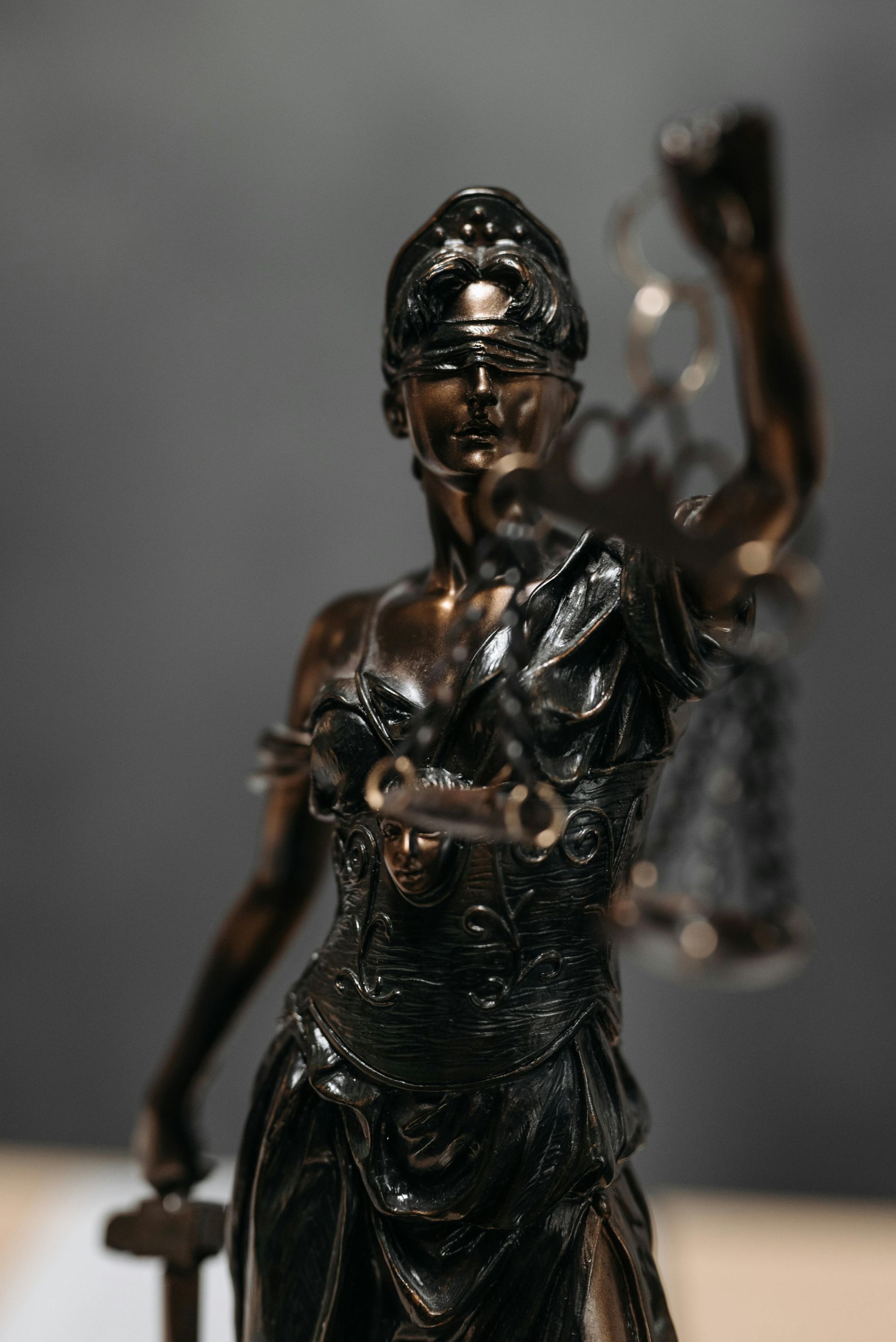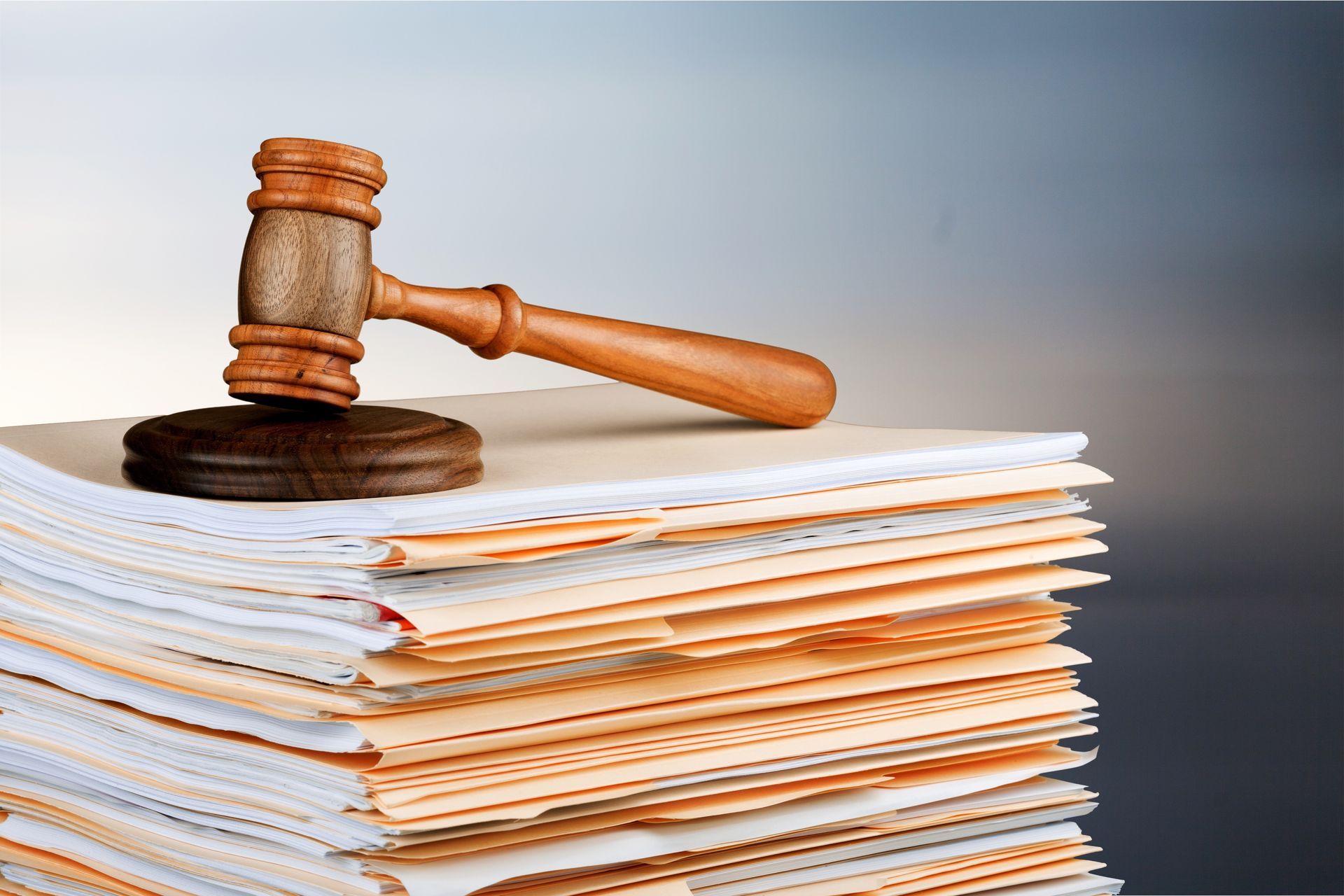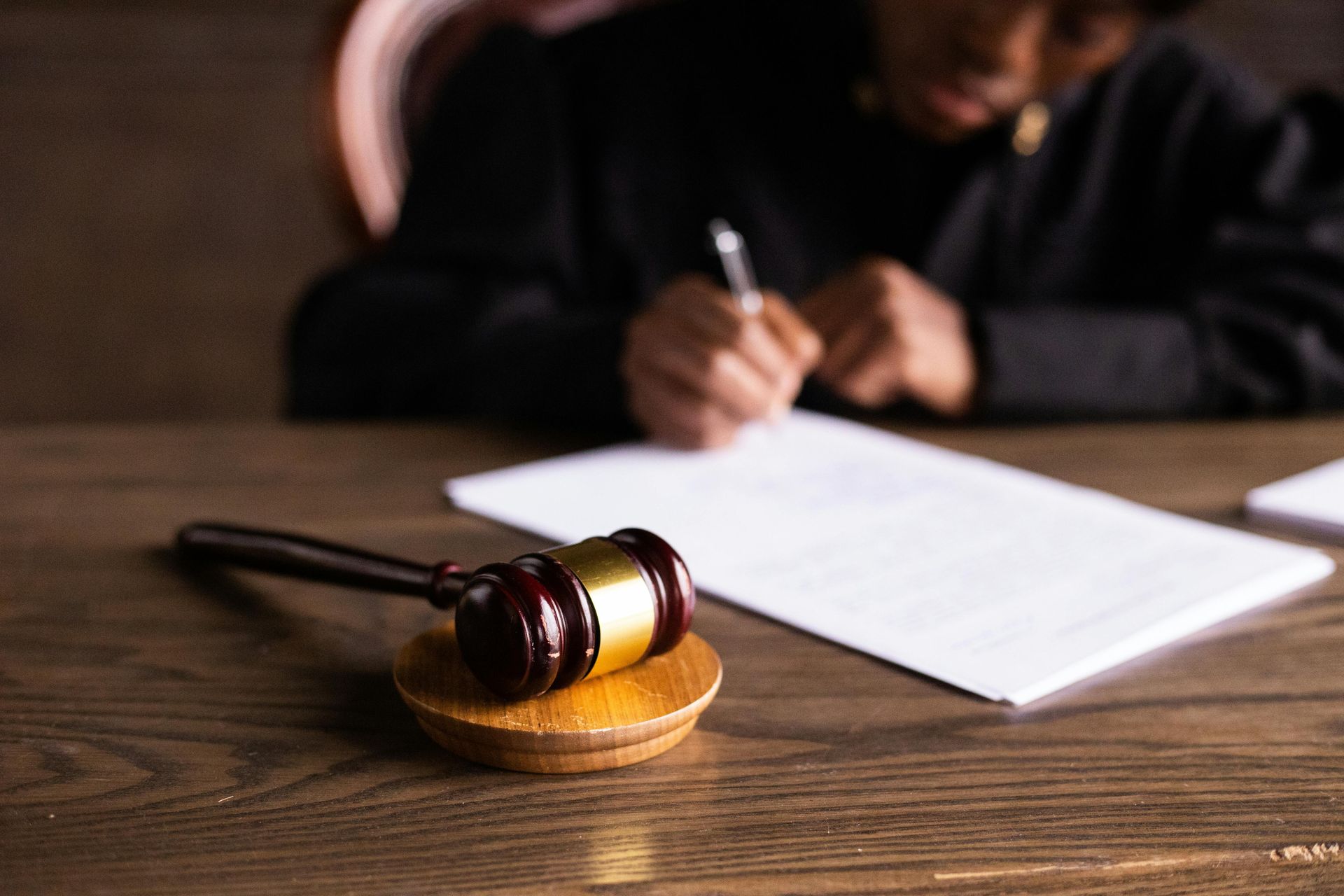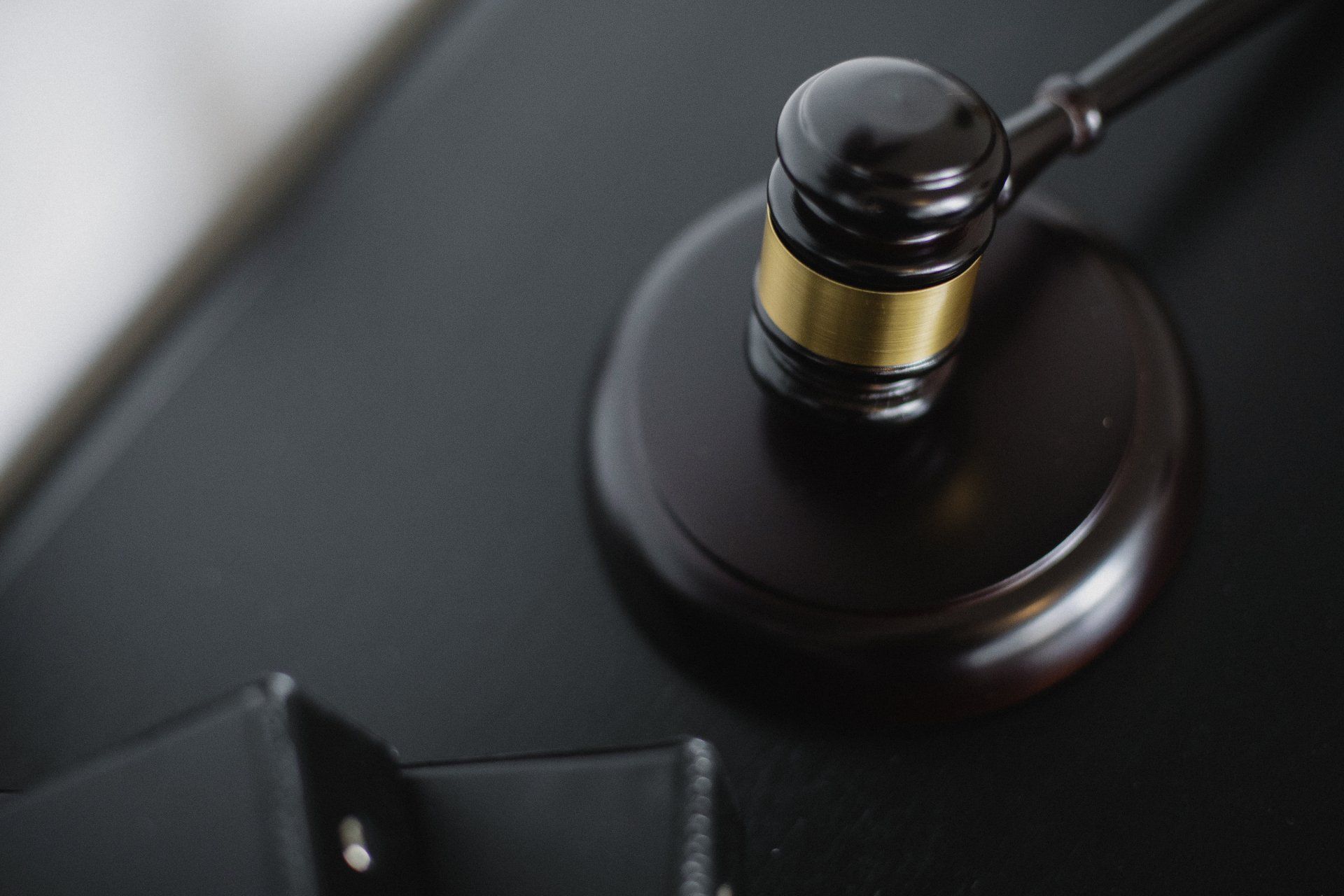Premises Liability vs. Slip and Fall: What’s the Difference?
Premises Liability vs. Slip and Fall: What’s the Difference?
When accidents happen on someone else’s property, understanding your legal options is crucial. At The Law Office of Tedd Kessler, P.C., we help the New York public navigate the often-confusing world of premises liability and slip and fall claims. While these terms are often used interchangeably, they have distinct legal meanings that affect how your case is handled.
What Is Premises Liability?
Premises liability is a broad legal concept that holds property owners responsible for maintaining safe conditions on their property. This responsibility applies to:
- Residential and commercial properties
- Public spaces like parks or sidewalks
- Stores, restaurants, and apartment buildings
If an owner fails to address hazards—such as broken railings, poor lighting, or icy walkways—they may be held liable for resulting injuries. Premises liability covers a wide range of accidents, not just slip and falls, including:
- Falling objects
- Dog bites or animal attacks
- Elevator and escalator accidents
- Swimming pool accidents
The key to a successful premises liability claim is proving that the property owner knew or should have known about the dangerous condition and failed to fix it.
What Is a Slip and Fall Claim?
A slip and fall is a specific type of premises liability case. It occurs when someone is injured because they slipped, tripped, or fell due to a dangerous condition on someone else’s property. Common causes include:
- Wet or slippery floors
- Uneven pavement or broken sidewalks
- Loose rugs or unsecured mats
- Snow or ice accumulation
While all slip and falls fall under premises liability, not all premises liability claims involve slips or falls.
Key Differences Between the Two
- Scope of Claims: Premises liability is the overarching category, while slip and fall is a subset.
- Type of Accident: Slip and fall involves a fall-related injury; premises liability can involve various hazards.
- Proof Requirements: Both require showing that the property owner was negligent, but the evidence may vary depending on the hazard involved.
Why Legal Guidance Matters
Navigating these cases can be challenging. You must establish that the property owner’s negligence caused your injuries, often requiring evidence like photos, incident reports, and witness statements. An experienced attorney can help you gather proof, negotiate with insurance companies, and pursue fair compensation.
At The Law Office of Tedd Kessler, P.C., we provide skilled legal assistance to New Yorkers injured due to property owner negligence. If you’ve suffered a slip and fall or any injury on someone else’s property, we are ready to help protect your rights.


